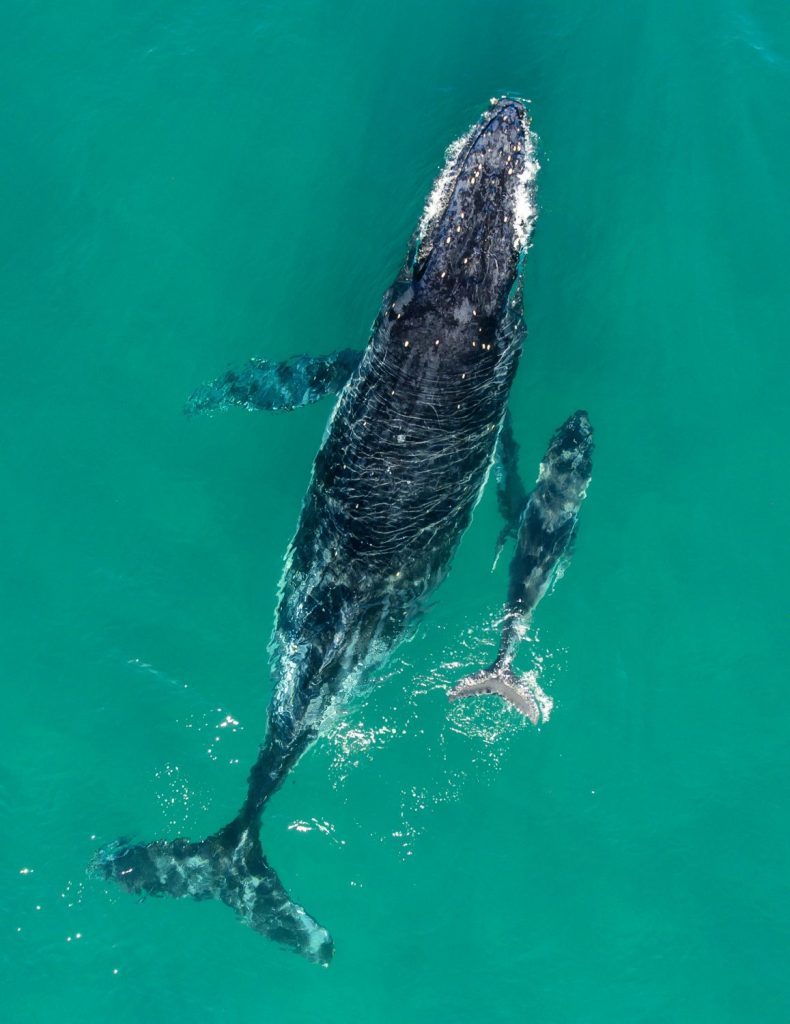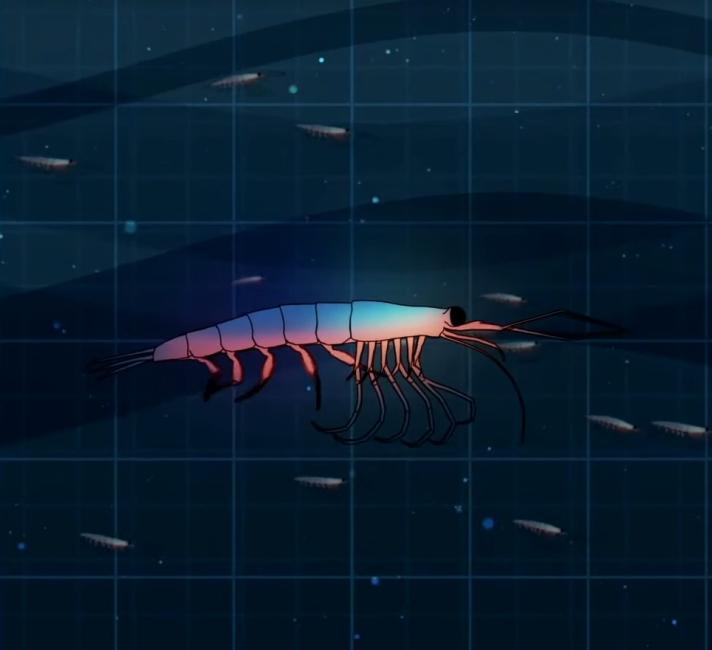Whale Month 2022
June is Whale Month at Coastbeat. Any day now we will enjoy the first sightings of beautiful humpback whales heading north along our coast. We are celebrating with a Whale Watch Photography Competition, launching soon, and articles and imagery on all things whale.

The Whale Trail
The whales travel around 5000 kilometres during their annual migration north. They leave their home in the cold Antarctic waters for the warm waters of northern Australia. Here the females birth their calves after an 11 month gestation period. Both male and female humpback whales migrate.
The calves need the warm water to survive until they build up enough blubber to insulate them against the cold. Once this happens the family of whales return to Antarctica. A humpback female will have a new calf every two to three years.

The Whale Diet
During the migration period the whales are without food. Their main diet comprises Antarctic krill. You can get some delicious food up in tropical Queensland, but not krill. So the whales fast for months, surviving off their blubber. That is some diet – do not try this at home. It really only works when you are the largest creature on Earth.
Whales are integral to a healthy ocean.
Humpbacks are baleen whales. They feed using the fibrous baleens in their huge mouths to sieve out water and keep in tiny krill. Read about this in detail in Eating Like a Whale.
However, krill supplies are diminishing, due to over-fishing (for krill oil) and global warming melting their icy habitat. This is bad news for baleen whales. And for us. Whales are integral to a healthy ocean. They are responsible for moving necessary nutrients, like iron, around the ocean. A healthy ocean is integral to healthy humans. They also sequester huge amounts of carbon in their immense bodies. So it’s vital that we protect whales.
As they pass by our coast during June, July, August and September we are thrilled and excited to watch them breach and leap from the water. You can help protect them by donating to the organisations who are working tirelessly to protect the humpback from environmental degradation and Japanese whaling. Like Sea Shepherd , Greenpeace and the Gowings Whale Trust.
Look out for our Whale Watching Photography Competition, launching soon. You could win a whale watching tour and heaps of Gowings Whale Trust merchandise.




